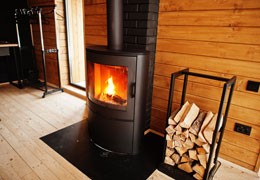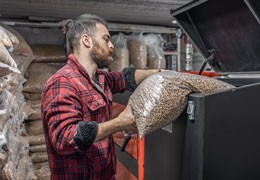Discover the best kiln-dried firewood for your kamin, including oak, ash, birch, and hornbeam. Learn about their...
Firewood and Wood Pellets: Your Guide to Sustainable Heating Solutions
-
 The Ultimate Guide to Kiln-Dried Oak, Ash, Birch, and Hornbeam Firewood for Your KaminRead more
The Ultimate Guide to Kiln-Dried Oak, Ash, Birch, and Hornbeam Firewood for Your KaminRead moreDiscover the best kiln-dried firewood for your kamin, including oak, ash, birch, and hornbeam. Learn about their unique benefits for efficient, clean burning and maximum heat output.
-
 Wood Pellets A1 and A2 for Heating: Key Differences and BenefitsRead more
Wood Pellets A1 and A2 for Heating: Key Differences and BenefitsRead moreWood pellets are an eco-friendly and efficient heating solution, classified into A1 and A2 grades. A1 pellets, made from high-quality raw materials with low ash content (<0.7%), are ideal for residential use, offering cleaner combustion and higher efficiency. A2 pellets, containing slightly more bark and ash (<1.2%), are cost-effective and suited for industrial or commercial boilers. Both grades provide excellent heat output, renewable energy benefits, and versatile applications. Choose...

